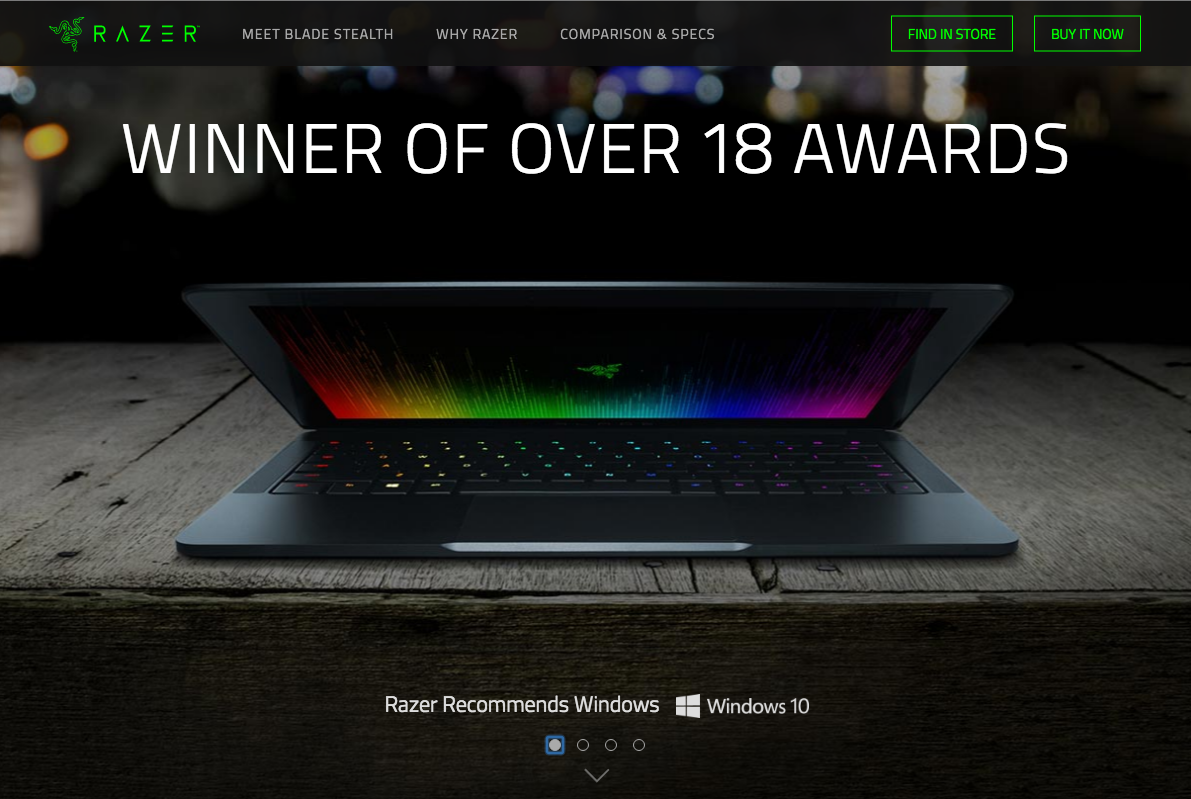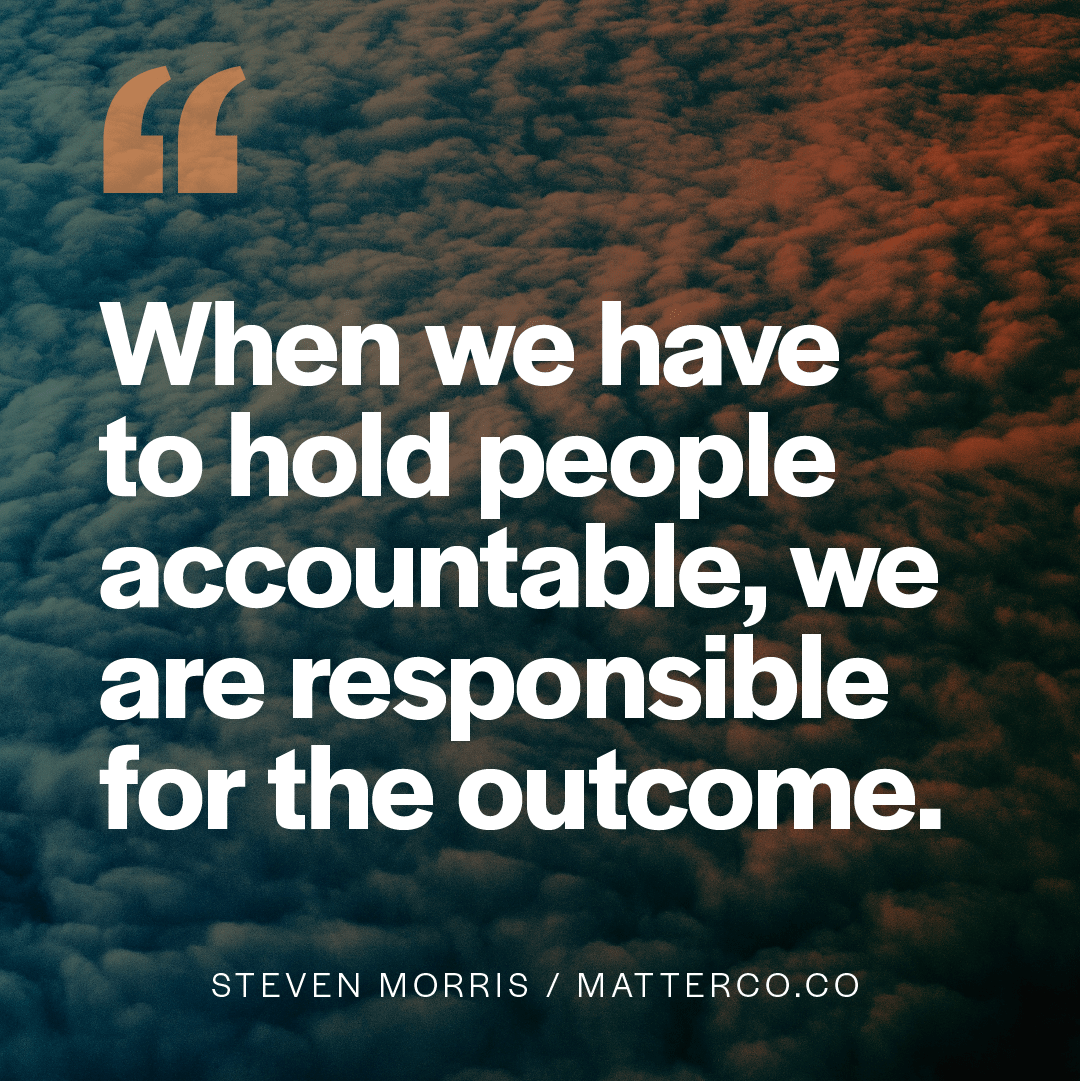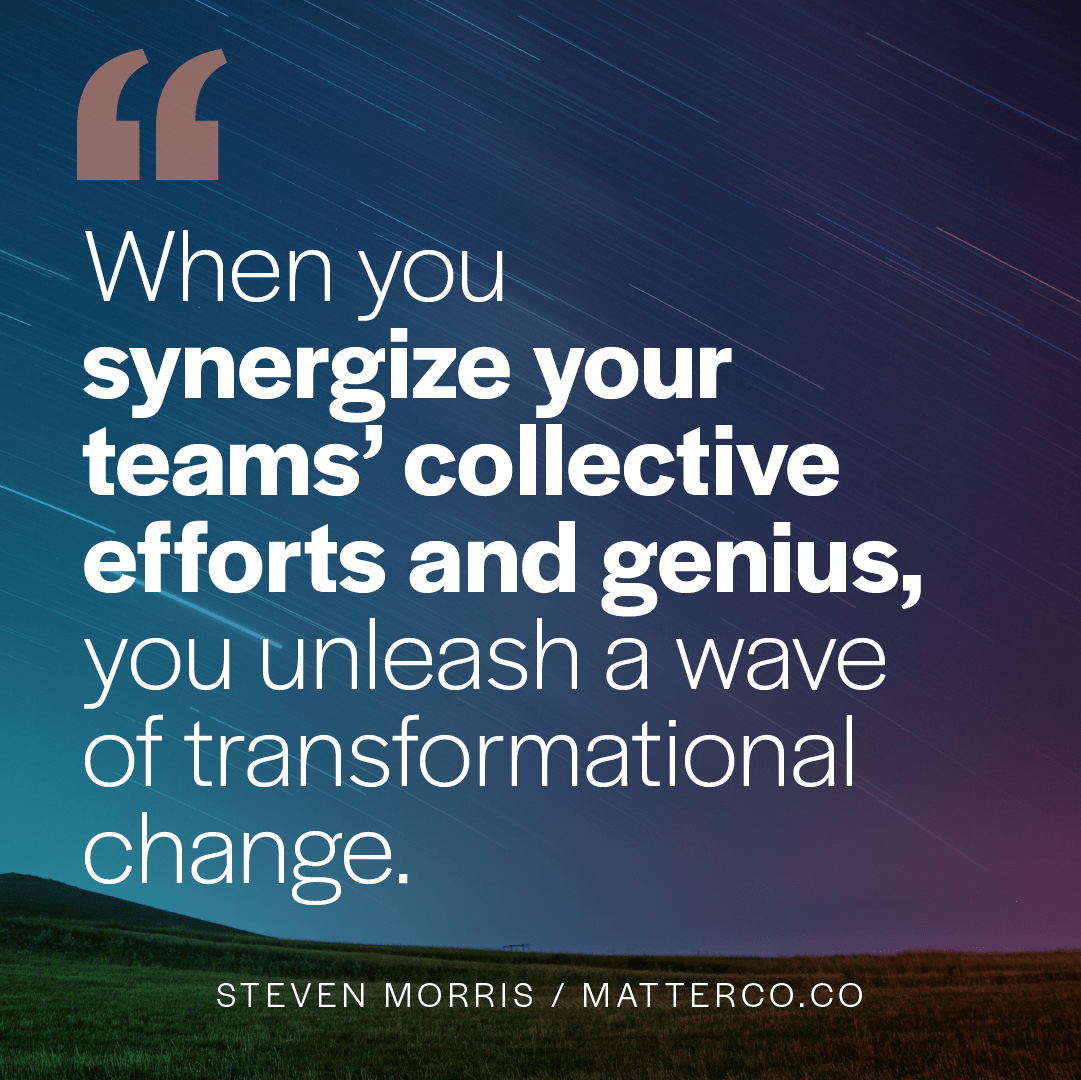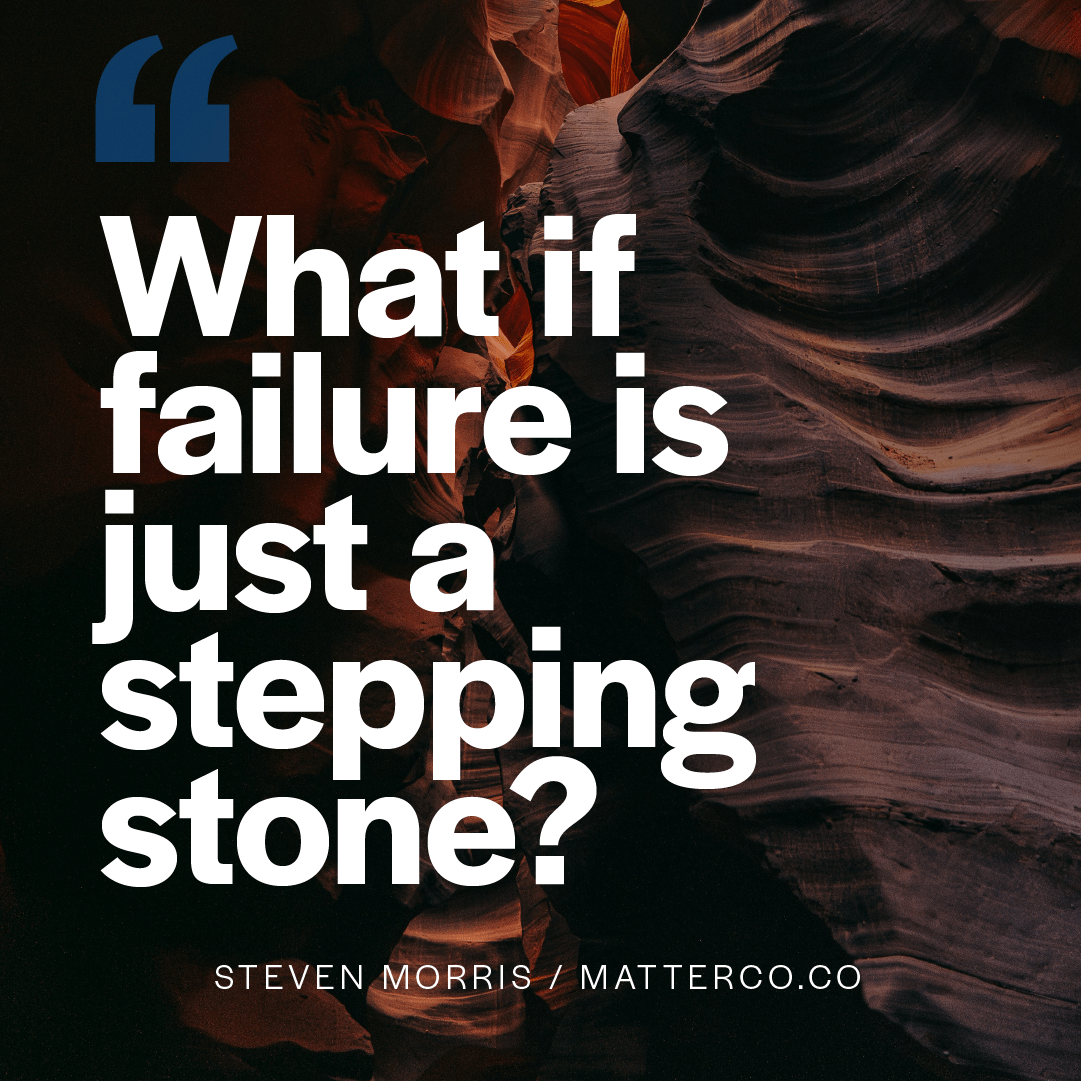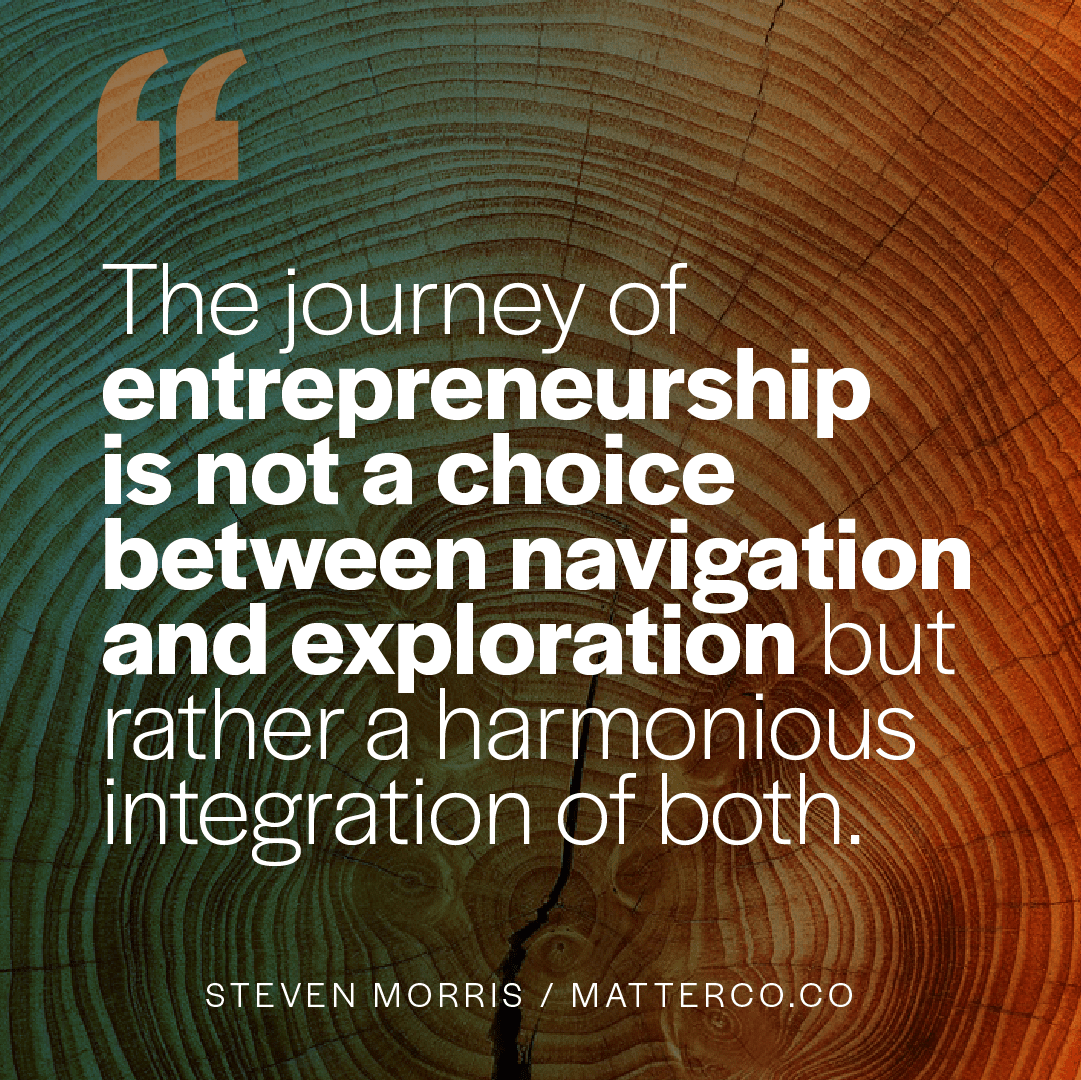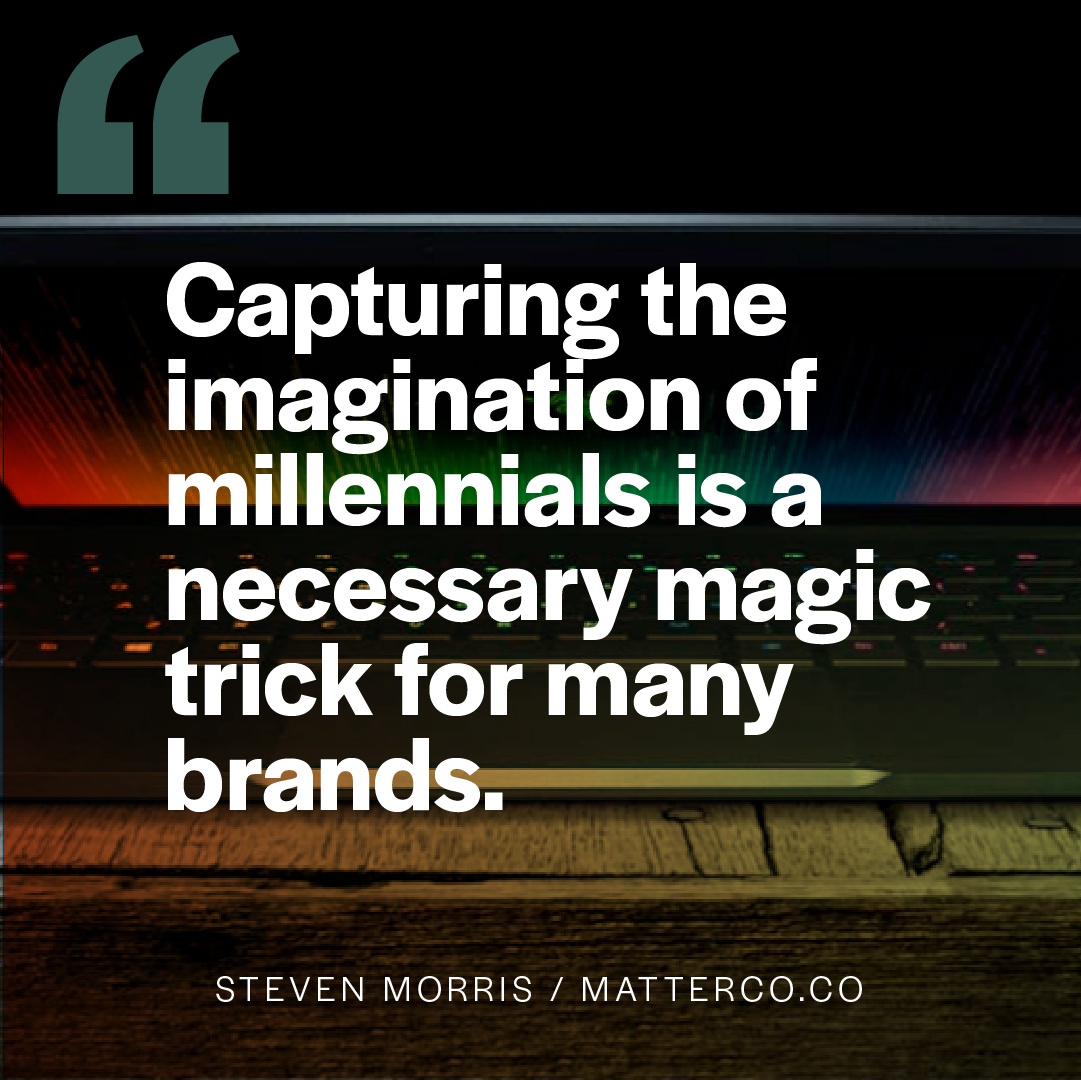
The Five New Rules for Marketing to Young Adults.
For several years I’ve been writing about how to best to the elusive millennials.
Building that thinking, here are FIVE NEW RULES for reaching this paradoxical audience.
Part of the reason that millennials are so elusive is that they’re so paradoxical. They love brands, but they mistrust big companies. They love technology, but are deeply nostalgic. They are digitally native, but crave authentic, real-life experiences. They don’t tend to have large amounts of disposable income like boomers, but they outspend them in online shopping carts.
Millennials are mysterious, elusive, and highly sought after. Capturing the imagination of millennials is a necessary magic trick for many brands. With this in mind and through our deep experience in marketing everything from consumer electronics (Samsung, LG, Sony, Razer), entertainment events (San Diego Chargers & Padres) and craft beer experiences (Green Flash Brewing Co.), we offer the following insight to help brands more effectively reach the mysterious millennial.
- Experiences to share
Millennials created the sharing economy. Brands like Airbnb, Uber, Zipcar and Facebook are born by and have thrived because of millennials. Experiences for them are much more valuable than money itself—especially experiences they can share in person and through social avenues. As well, they treat themselves and have fun with buying experiences and share those experiences liberally. Even though they have fewer resources they outspend their boomer counterparts ($54 per shopping basket compared with $46) when shopping.
Brands that can help millennials live outwardly and that have core values that align with theirs will see more loyalty and lasting relationships.
- Crafted purpose buyers
The boom in recent years of DIY, craft beer, Etsy and nearly everything else is all driven by millennial’s desire to have authenticity, in both product and brand, in their purchases. If a site offers products that are authentically craft (meaning handmade and with some level of scarcity millennials are 57% more likely to visit a site.
This trend shows up in the packaging of mass-market products as well. The product labeling of “Designed by Apple in California” drives distinctive character and brand promise to millennial shoppers.
- The new virtually real
Google reported that searches for “near me” doubled within the past year. While millennials are digitally native they also crave authentic, real-life connection. Amazon’s new brick and mortar stores (the first opened in Seattle and coming soon to San Diego) offer an in-person experience of the online shopping that we’re accustomed to through Amazon. So, although millennials rely on digital, it doesn’t fire them up. It’s real-life experiences they crave most and get them engaged and talking.
- A more personal democracy
One paradox of millennials is that they are attracted to brands that are democratic and accessible to all, but they also want to be noticed as being unique. Inclusive and personalized is the intersection they live in. Ikea, through its YouTube customization app, allows users to received a personalized experience, pulling content from the user’s Facebook page to offer the perfect room. It’s a “just for them” experience that anyone can have.
- So, what’s in if for me?
While millennials maintain some brand relationships through social channels, they don’t fawn over brands. Unless, that is, there’s something clearly in it for them. Over 50% said they would share information if they received something in return from the brand, in the form of a coupon or discount. For instance, auto insurance companies such as State Farm, Allstate and Progressive offer discounts to drivers who allow them real-time data about how their customers drive.
Are you going deep enough? Appealing to millennials requires, at the very least, following the guidelines above, but stopping there would be a mistake. As the most diverse generation on record, they are ever changing. Treating them as a “one size fits all” would be selling their diversity short. This is a nuanced group that requires a similar approach for brands trying to reach them.
Are you making data decisions? Being constant and relentless in analyzing your data should be able to tell you what both the commonalities and differences are in your audience behavior. Great data consistently analyzed will help to identify brand strategies for successful relationships.
Does your brand content have a community of commons? Not all millennials are alike. What appeals to tech geeks, foodies or sports fanatics is clearly not the same. Customizing content to speak to these communities of interest will create meaningful connections.
Are you balancing the paradox of consistency? A core tenant to any brand is the manner in which it consistently expresses itself. However, personalizing to align with millennial interest is essential. Know and capitalize on the areas within your brand that can be customized or personalized to meet them on their terms.
Are you creating a branded experience? Knowing how to curate an authentic brand experience, and being ruthlessly transparent about that to millennials will create an experience they will trust. Knowing when and how to create this experience can make or break your millennial relationships.
If you want a more trusting team, a culture of belonging or a magnetic brand that attracts more of the right customers, I can help. If you'd like to explore if working together makes sense, drop me a line.

